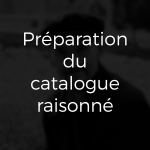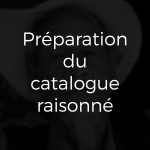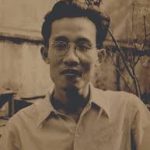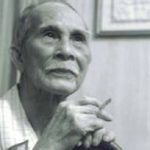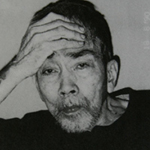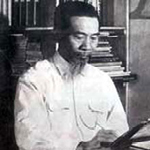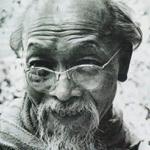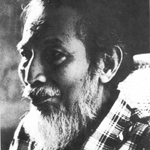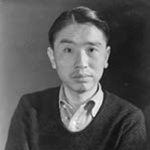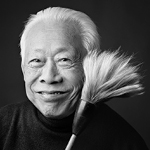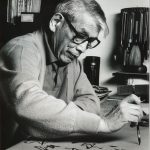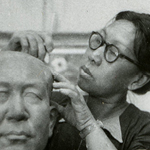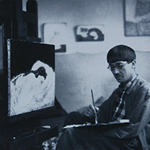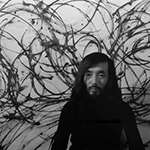Joseph Inguimberty
After a few years at the École des Beaux-Arts in Marseille, Joseph Inguimberty went to study at the Ecole Nationale des Arts Décoratifs in Paris. From the beginning of his career, he was known as a landscape painter, receiving the Salon’s national painting award in 1924. In 1925, he followed Victor Tardieu to Indochina to take up the post of Decorative Arts professor. He was to teach 17 generations of students, among them Le Pho, Mai Thu, Thi Luu and others.
He was keen to encourage the emergence of a modern artistic identity for a future Vietnam that did not scorn its roots and traditions. Before leaving for Asia, Inguimberty had travelled many times across Europe, from Belgium to Italy, and explored the entire Mekong Delta. Fascinated by the lacquered decorations in the temples, he appealed to Alix Aymé, another French artist who had fallen under Indochina’s spell, to teach lacquerwork as a separate subject at the Indochina School of Fine Arts.
On 2 September 1945, when Ho Chi Minh declared Vietnam’s independence, Inguimberty was forced to return to France with his family after twenty years abroad. Those years spent abroad had a truly positive influence on his painting and when he settled in Menton and painted the surrounding countryside, his work remained imbued with an Asian ambience.
In Charleroi, as in Hanoi, it was working class life that interested him. In Flanders, he painted the mines in the same way he painted rice fields. His works, mostly painted from life, focused mainly on women among the figures peopling his rural landscapes. He was the forerunner to post-war Vietnam painters who were keen to give women a prominent place in rural iconography. Their grace was particularly attractive to the artist who depicted them at work in the fields, certainly, but also reclining nude in private interiors.
The Vietnam University of Fine Arts still credits him for his pioneering role in the emergence of a national school and art.
Our evaluation enables us to assert the pictorial and technical quality as well as the condition of a work before giving an evaluation of its historical and cultural interest. Advice may be given in terms of additional research to be conducted and also an estimate, whether the work is intended for auction or to be sold through another means.
More information by clicking on the photos
Are you the owner of archive material or additional material about Asian painters, or would you like one of your works assessed ? Contact us
